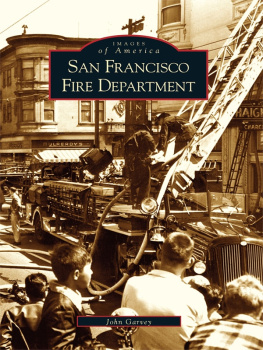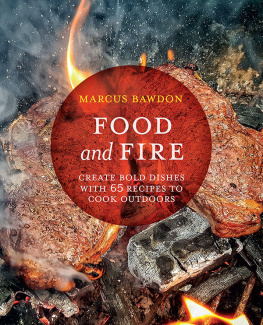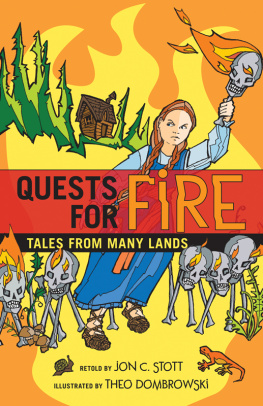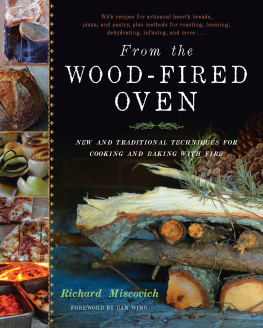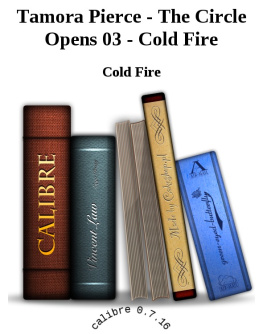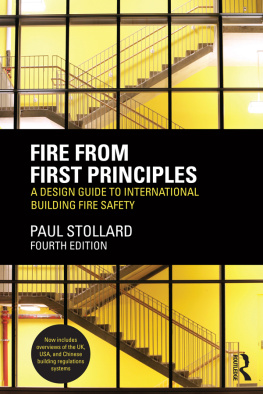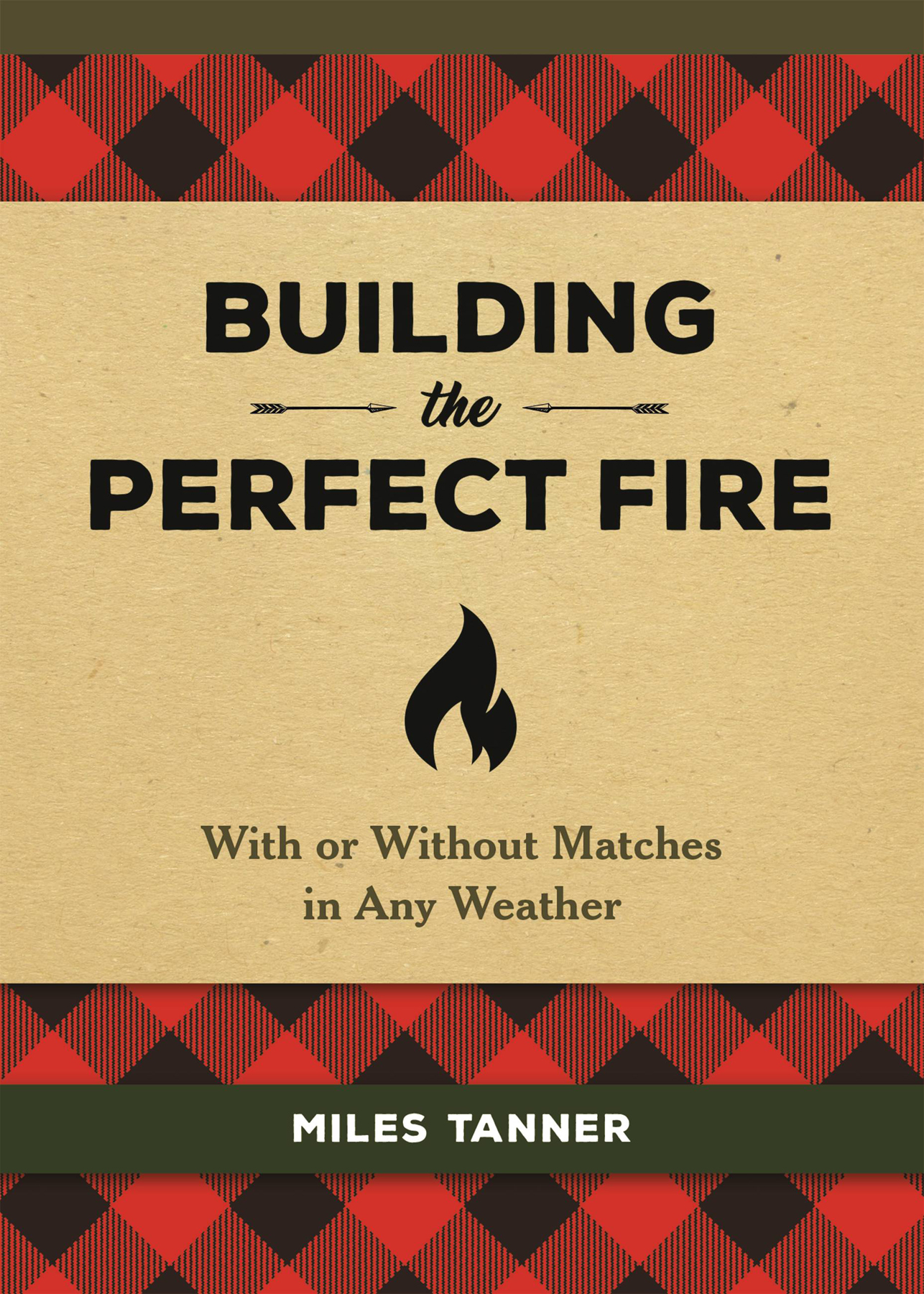I have always been fascinated by fire. As a child, I would sit by the fireplace and watch the flames as they consumed wood. Its mesmerizing qualities completely captured my attention. I loved the look, the smell, the sound of fireI still do.
As a teen, I learned that a campout was not a campout without a roaring fire. We sat around it and talked, sang, ate, and just stared into the dazzling light show that both warmed us and lit our night.
I read about Native Americans of the Plains, marveling at their ability to eke fire from wood. Using Larry Dean Olsens Outdoor Survival Skills, I began to practice making fire with pieces of wood that I collected and shaped into a bow and drill. After a few hundred attempts, I was finally able to create a flame from pieces of wood and my own muscle power. My study of fire had begun.
I hope the many lessons in this book inspire you to see your ability to control fire as a lifelong skill, one that our ancestors used to forge our world and one we still use today.
The spread of civilization may be likened to a fire: first, a feeble spark, next a flickering flame, then a mighty blaze, ever increasing in speed and power.
Nikola Tesla
F ire is such a fundamental part of our daily life, and yet we often take it for granted. Pistons fire in our car engines to get us to work, pilot lights keep the flames of our natural gas heaters burning, gas ranges heat water for our morning coffee, and wood-burning stoves and campfires warm us from the inside out.
Our relationship with fire goes way, way back. And fire itself existed well before we came to rely on it. Although the source of Earths earliest fire isnt known, a small, charred, leafless plant from nearly 420 million years ago is the earliest proof of fires existence. When conditions on Earth nearly 345 million years ago created an environment that could support woody plants and contained enough oxygen to sustain them, wildfires that resemble those we know today began to burn. When atmospheric conditions allowed for the growth of vast savannas, major fires spread.
Scholars still debate when humans began using fire with regularity; the Wonderwerk Cave in South Africa may be one of the earliest sites of regular fire use by Homo erectus. But hard proof dates back to 300,000 to 400,000 years ago. In Israel, the Qesem Cave harbors evidence of the repeated use of a single hearth, where early humans roasted meat.
The adoption of fire changed the course of history. It enabled more advanced tools, extended our days, facilitated agriculture, and altered diets. The pattern of our days was no longer dictated by the suns rise and fall; the light and warmth of fire allowed us to work and socialize deep into the night and to rise before dawn. Through cooking and smoking, fire allowed us to eat more meat and protein. It enabled us to forge sturdy tools, like pots, that increased our ability to store, cook, and carry food and water. As they still do, fires kept predatory animals and biting insects at bay. In addition to improving the everyday life of ancient people, fire became a mainstay of many religious and spiritual practices.
As one of the four classic elements, fire, with its ability to both create and destroy, is often a key element in many of the worlds religious beliefs. The ancient Greeks told the story of Prometheus, who stole fire from the gods to give to man, thus creating civilization. A similar story was told by the Cherokee, with the role of fire giver being played by Grandmother Spider, while Hindus told a tale about the hero Mtarivan.
A SACRED BLAZE
I n Zoroastrianism, one of the worlds oldest religions, fire represents Gods light or wisdom. Sacred blazes are maintained in Fire Temples and are part of all of their rituals and ceremonies.
This gift of the gods is still worshipped in many religions today. In Zoroastrianism, one of the worlds oldest religions, no ritual is performed without the presence of fire, a symbol of their god and the illuminated mind. And many other religions regard fire with reverence and hold it as a mainstay of religious practices. Candles are lit at many Christian ceremonies, where the flame represents the Holy Spirit. Christians also believe the awesome power of fire will consume the world in its fiery end. The Jewish holiday of Hanukkah involves lighting the nine candles (eight candles plus the shammash, the candle used to light the others) of the menorah to commemorate the miracle of the candle that burned for eight days. Many of the old religions focused heavily on the suns role in daily life, and though they regarded the sun as the Big Kahuna, the candles and lamps and altar fires were often symbols of the being who so profoundly affects all life on Earth.


